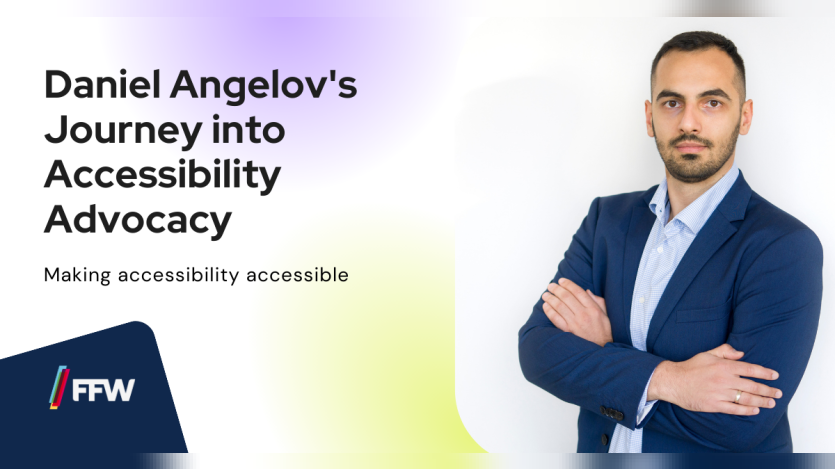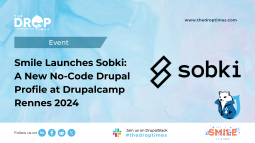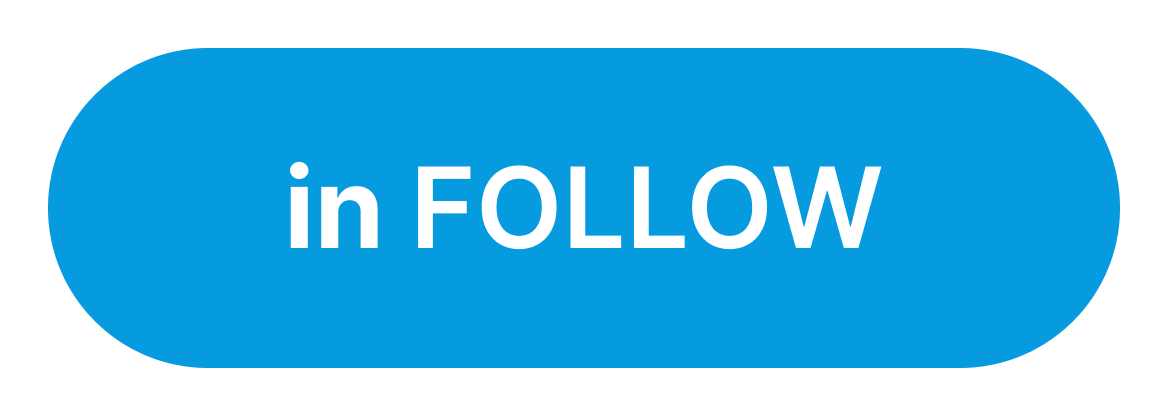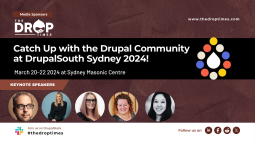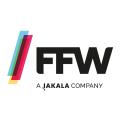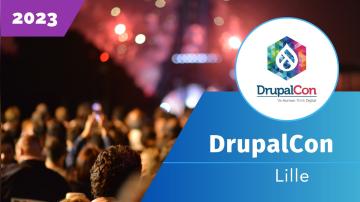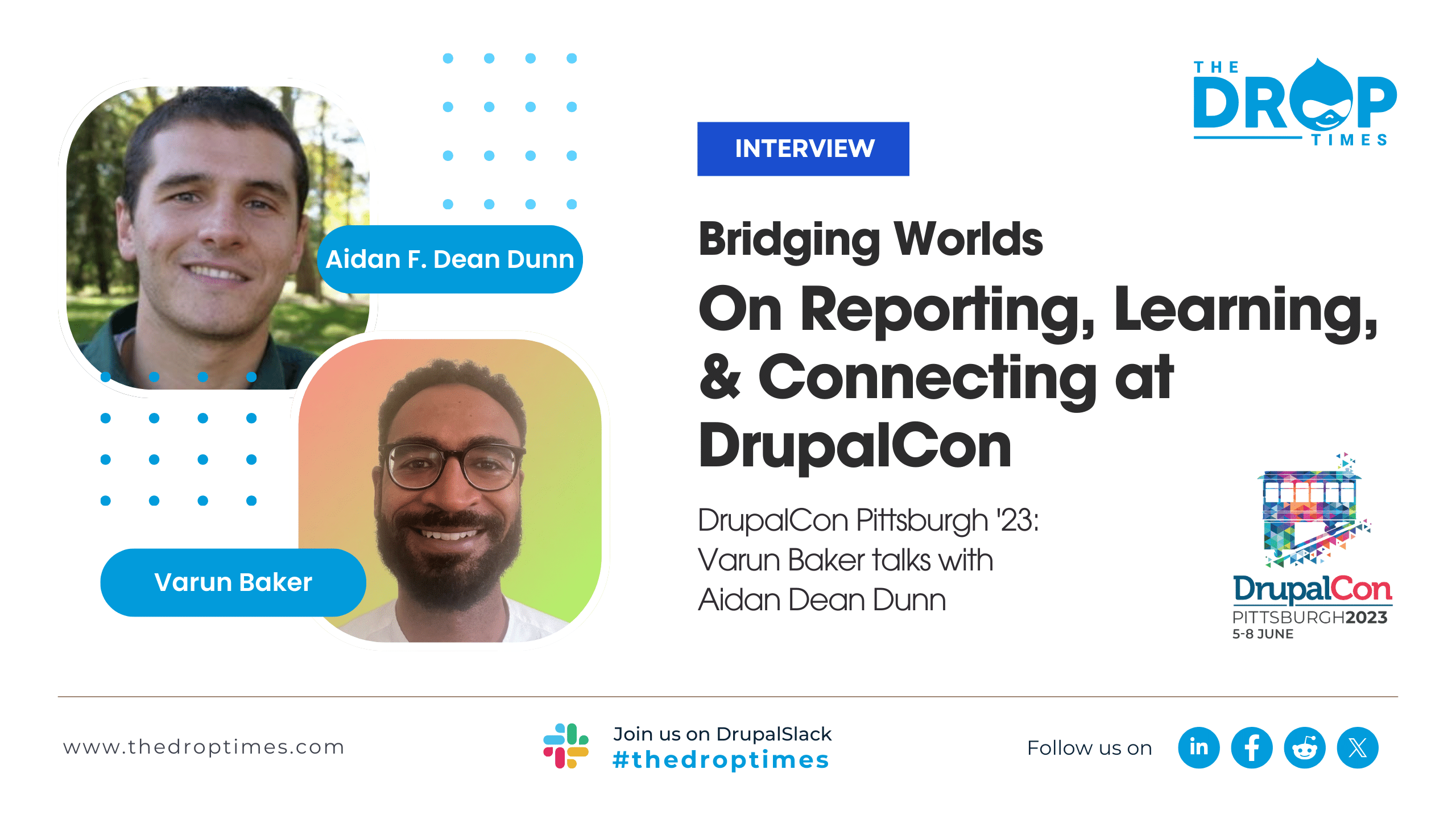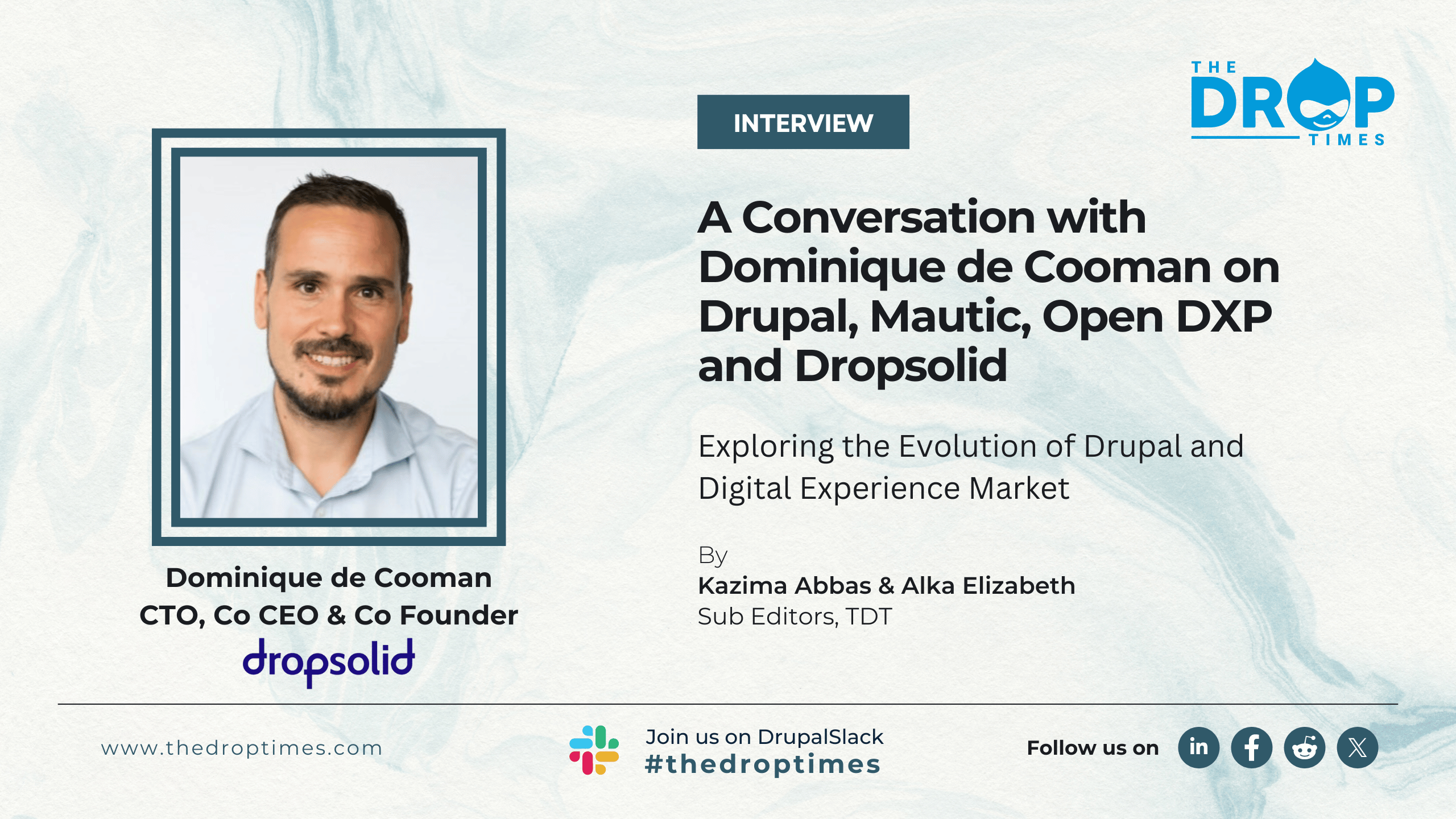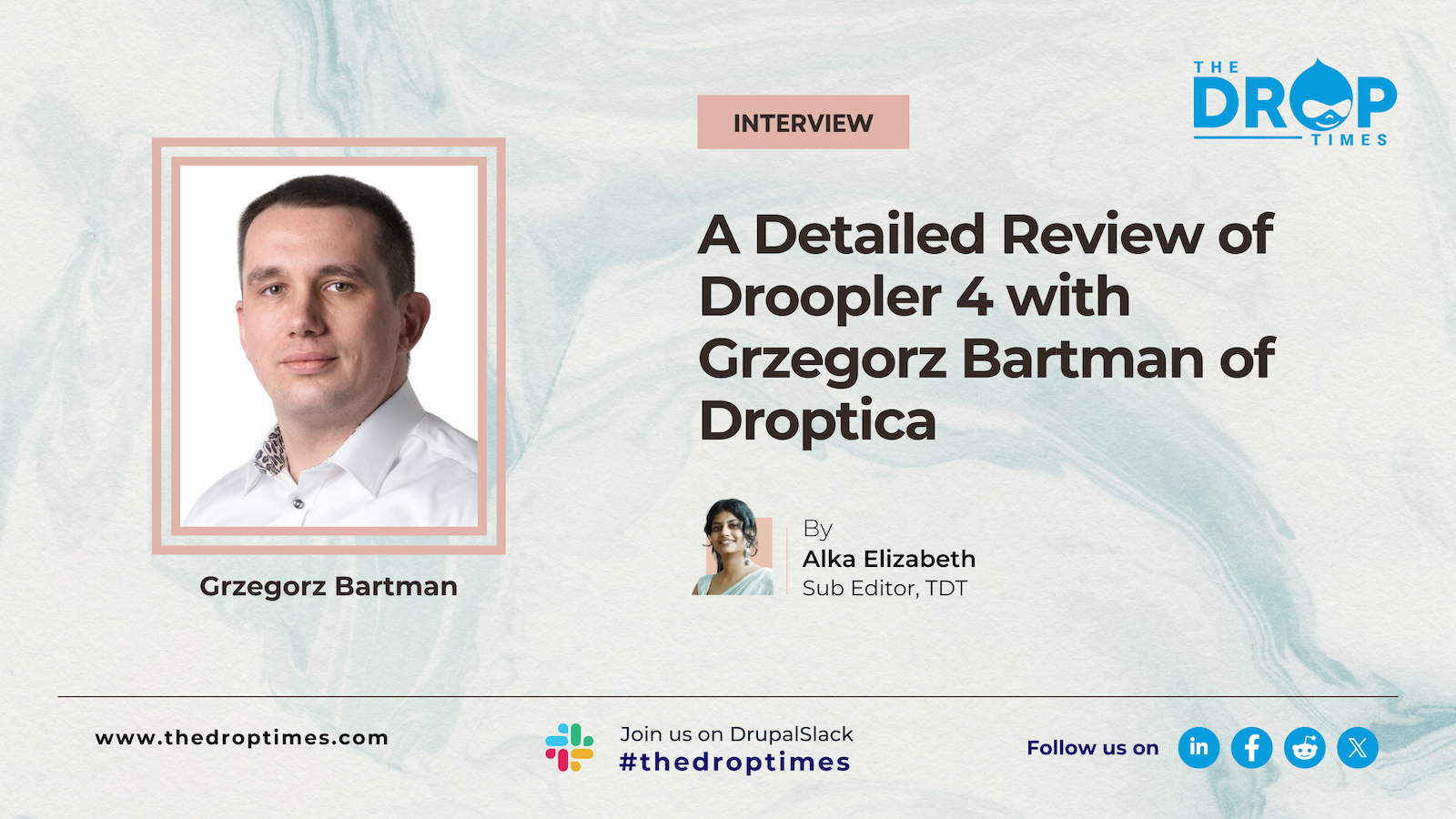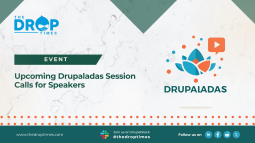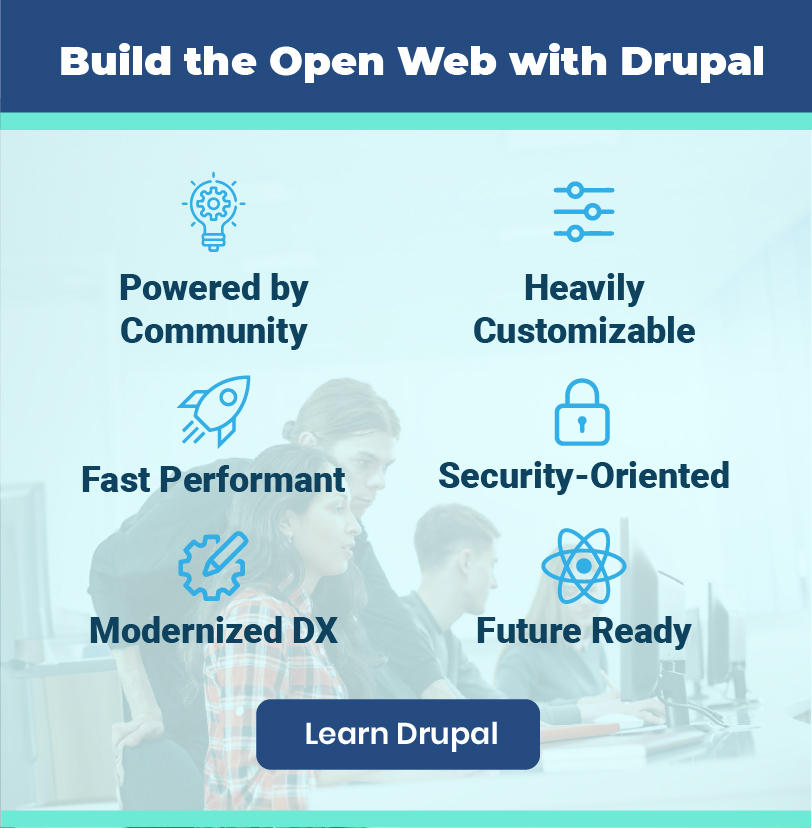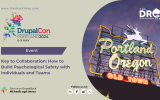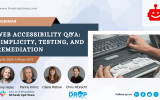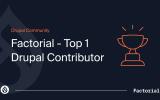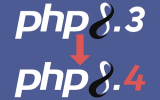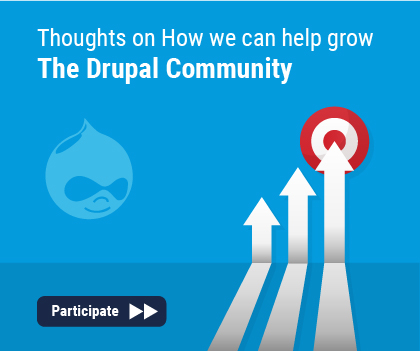Daniel Angelov's Journey into Accessibility Advocacy
Daniel Angelov, a QA Domain Knowledge Leader at FFW based in Europe, brings his wealth of experience to the forefront of the Drupal community. Recently, Kazima Abbas, subeditor of The DropTimes (TDT), had the opportunity to connect with Daniel to discuss his impactful session at DrupalCon Lille, titled "Accessibility for Everyone!" In this interview, Daniel shares valuable insights about his role at FFW and his journey with Drupal, providing a glimpse into the essential aspects of accessibility that he highlighted in his recent presentation.
"I strived to make accessibility accessible (pun intended) to the audience without the need to memorize complex guidelines. To achieve this, I offered practical examples and real-world implementations."
stated Daniel.
Let's delve into this conversation to understand better Daniel Angelov's expertise and valuable contributions to the Drupal community.
TDT[1]: Can you share your journey into the world of accessibility (a11y) and what sparked your interest or commitment to making digital experiences inclusive for everyone?
Daniel Angelov: I became deeply involved in the world of accessibility (a11y) due to a combination of personal and professional factors. My initial interest in accessibility was primarily driven by my role, as I wanted to ensure that our clients received the highest-quality digital products. However, it wasn't until a significant personal event occurred that my commitment to making digital experiences inclusive for everyone truly ignited.
The pivotal moment in my journey was when I became a parent. Suddenly, I found myself navigating the world with a new perspective. I needed to plan my routes carefully to avoid locations with stairs, ensuring that my child and I could access places safely and comfortably. This personal experience made me reflect deeply on my professional work and how it positively impacted real people's lives.
During this time, I realized the profound impact that accessibility measures can have on individuals and their everyday experiences. I began to see accessibility not merely as a technical requirement but as a way to empower people and enhance their lives. This realization transformed my perspective, and I became passionate about spreading the importance of accessibility to a broader audience.
TDT[2]: As an organization, is FFW committed to a11y? If yes, how does the company incorporate inclusive design practices into its projects? Or, to be more specific, what strategies does the company employ to ensure inclusive design? Are there any widely adopted tools you recommend to check if all the inclusive markers are checked?
Daniel Aneglov: At FFW, we are deeply committed to accessibility as a fundamental aspect of our digital projects. We believe that "accessibility first" design should be the standard, just as responsive design has become. Our clients, who are leaders on a global scale, are often obliged by the law to meet WCAG AA or AAA compliance standards. To ensure inclusive design practices are seamlessly integrated into our projects, we employ several strategies:
- Well-Trained Staff: We recognize that achieving accessibility goes beyond automated tests and green lights. It requires a deep understanding of accessibility principles and best practices. That's why we invest in well-trained staff who are experts in accessibility. This includes not only developers but also designers and QA engineers.
- Shift-Left Testing: I'm a strong proponent of the "shift-left" approach to testing. It means involving the QA team as early as possible and at every stage of the project lifecycle. Having QA engineers check the website prototype significantly reduces the risk of accessibility issues arising later in the project. It's a cost-effective way to catch and address potential problems early on.
- Internal Training: We conduct internal training to ensure that our entire team is well-equipped with the knowledge and skills needed for inclusive design. These trainings cover accessibility best practices for designers, front-end developers, and QA engineers. Thus, we ensure accessibility considerations are woven into the fabric of every project.
- Tools and Checklists: We leverage a variety of tools and checklists to streamline and enhance our accessibility testing processes. One of the tools we highly recommend is Pa11y, an open-source accessibility testing tool. Pa11y helps us identify accessibility issues and offers guidance on how to address them.
TDT[3]: Considering the importance of complying with GDPR for companies operating in Europe, do you believe GDPR is beneficial for a11y goals? Does it complement the principles outlined in WCAG 2.2? How do these frameworks work together to enhance user experiences?
Daniel Aneglov: GDPR (General Data Protection Regulation) and WCAG (Web Content Accessibility Guidelines) serve distinct purposes but share a common focus on enhancing user experiences and respecting human rights in the digital realm. GDPR ensures data privacy and user rights, while WCAG prioritizes digital accessibility.
Compliance with GDPR can build trust by demonstrating responsible data handling, while accessibility ensures a broader user base can access content. Both frameworks encourage user-centric design, emphasizing user consent, data protection, and inclusive design practices.
Together, GDPR and WCAG offer legal and ethical frameworks that enhance an organization's reputation and create a more inclusive, user-friendly, and trustworthy online environment, ultimately benefiting users and business objectives.
TDT[3]: Can you briefly overview your session at DrupalCon Lille on “Accessibility for Everyone!"?
Daniel Angelov: In my DrupalCon Lille session titled "Accessibility for Everyone!" I aimed to simplify and clarify accessibility concepts for all attendees.
In the first part, I took on a role similar to Jamie Hyneman from "MythBusters" and debunked common accessibility myths. I addressed misconceptions such as the belief that accessibility is solely for people with disabilities or that it compromises the visual appeal of websites. My primary goal was to help attendees grasp the true essence of accessibility, encouraging them to explore its technical aspects and implementation.
In the second part, I explained the concept of WCAG (Web Content Accessibility Guidelines) and its four fundamental principles, which I referred to as "pillars." I strived to make accessibility accessible (pun intended) to the audience without the need to memorize complex guidelines. To achieve this, I offered practical examples and real-world implementations. Despite the brief 20-minute timeframe, I aimed to convey essential information effectively.
TDT [5]: Can you share examples of common accessibility issues and their resolutions according to the newly drafted WCAG 2.2?
Daniel Angelov: Many common accessibility challenges are addressed during the design phase, with issues like achieving an adequate color contrast ratio being a primary focus. However, once the design is implemented, we often encounter issues such as keyboard focus. In fact, the latest guidelines, as per WCAG 2.2, stress the importance of ensuring that when an element gains keyboard focus, it is at least partially visible. Moreover, it's crucial to ensure that the focus indicator is clearly visible for all elements.
We also face challenges beyond design, particularly concerning dynamic content and pop-ups. These elements can make it a challenge to present information in the correct order, especially for users relying on screen readers. Structuring dynamic content changes logically and providing descriptive labels is essential to ensure all users receive information meaningfully.
TDT [6]: How do you consider WCAG 2.2 impacting the industry, and what improvements does it bring compared to previous versions?
Daniel Angelov: WCAG 2.2 is bringing only a few changes to the table compared to WCAG 2.1. In my opinion, one of the best things is 2.5.8 Target Size (Minimum). It states, "The size of the target for pointer inputs is at least 24 by 24 CSS pixels."—of course, there are exceptions, but we won't dig deeper into that. In my session, I joked about the smallest thing in the world: "the close ad button." Now, that will make the website WCAG AA non-compliant, which is great.
TDT [7]: How well was the feedback on your session from the delegates? Were there any unexpected challenges or positive moments that stood out to you during the presentation?
Daniel Angelov: I got contacted by a great professional in the accessibility field prior to the session and we had the opportunity to chat a bit right after that. He is a really nice guy, and I feel that our paths will cross again in the future.
TDT [8]: Can you tell us more about FFW and its role in the QA domain, especially in Europe?
Daniel Angelov: (I assume this question is about my role - QA Domain Knowledge Lead) FFW is a respected leader in the Drupal community, known for delivering award-winning Drupal solutions. Our success is rooted in our commitment to quality, and this is where our Quality Assurance (QA) domain comes into play.
In my role, I often liken myself to a matchmaker. I'm tasked with finding the right people for our teams and ensuring a positive work environment. When our team members are happy and motivated, it directly impacts the quality of our work. Happy teams lead to exceptional quality.
I'd like to express my gratitude to our dedicated QA team for their hard work. Their commitment to quality upholds FFW's reputation and helps our long-term clients excel.
TDT [9]: What are your thoughts on Drupal as a content management system, especially regarding its support for a11y features?
Daniel Angelov: Drupal is a fantastic platform! I've had the pleasure of working with it for the past nine years and have witnessed its growth over time. My journey began with Drupal 7, and accessibility has been a part of its core philosophy since then.
Today, Drupal is making strides to achieve WCAG 2.1 AA compliance, a clear sign of its commitment to inclusivity. Additionally, it provides support for the Authoring Tool Accessibility Guidelines (ATAG) 2.0, making the platform accessible not only to end-users but also to administrators.
The Drupal community takes accessibility seriously, and it's a fundamental aspect of the development process. They've established core gates, which are essentially categorized checklists (a11y being one of them) with key success criteria. If any of these criteria aren't met, the core patch is not going live, highlighting the community's dedication to ensuring Drupal remains an accessible platform.
TDT [10]: In your experience, how has Drupal evolved in terms of accessibility, and what improvements would you like to see in future releases?
Daniel Angelov: In recent years, Drupal has improved its accessibility significantly, aligning with Web Content Accessibility Guidelines (WCAG) standards. However, we are not using the core alone. To ensure continued progress, it's crucial for development teams to prioritize accessibility by following Accessibility Coding Standards and utilizing available tools. By nurturing awareness and collective effort, Drupal can further enhance its accessibility features and inclusivity in future releases.
TDT [11]: What has been your favorite session or topic at DrupalCon Lille?
Daniel Angelov: There were multiple great sessions that shouldn't be missed. Of course, I cannot start with anyone else but my colleagues, who shared their thoughts - Toni Kolev, Lyubomir Filipov, Boyan Borisov, Jorge Lopez-Lago, and Tassos Koutlas. Apart from them, Mike Gifford is an amazing professional and expert in accessibility who had a session about "Helping Drupal's Authors Produce Inclusive Content."
TDT [12]: Can you share some specific contributions you've made to the Drupal ecosystem?
Daniel Angelov: My field of expertise is quality assurance, where I can be most helpful. Over the years, I've actively reported and helped resolve numerous issues, contributing to the overall stability and reliability of Drupal. The first set of patches I can recall was about 7 years ago and related to the Amazon S3 File System CORS Upload.
Beyond issue reporting, I'm passionate about spreading knowledge in areas I care deeply about, including Quality Assurance and Accessibility. I've had the privilege of sharing my insights as a speaker at DrupalCon on three occasions and at DrupalCamp once. Additionally, I've authored two articles for the Drupal Watchdog magazine. These engagements have allowed me to connect with the Drupal community, share best practices, and promote the importance of quality assurance and accessibility within the ecosystem.
TDT [13]: In your opinion, how important is community involvement and contribution to the Drupal ecosystem?
Daniel Angelov: Community involvement and contribution are the cornerstone of the Drupal ecosystem and its continued success. If I were to pinpoint the single most crucial element within the Drupal world, it would undoubtedly be the active participation of its community members.
Open-source projects like Drupal live off the collective knowledge, skills, and dedication of a diverse community. Their efforts enrich the platform in numerous ways. First and foremost, it ensures that Drupal remains adaptable, resilient, and relevant in an ever-evolving digital landscape. With more contributors come more ideas, innovations, and perspectives, leading to a platform that can meet the needs of users and organizations.
Community involvement also fosters a sense of ownership and pride among Drupal users and contributors. When individuals actively engage with Drupal by reporting issues, contributing code, sharing knowledge, or offering support, they develop a deeper connection to the platform. This connection often translates into a commitment to the long-term success and sustainability of Drupal.
Disclaimer: The information provided about the interviewee has been gathered from publicly available resources. The responsibility for the responses shared in the interview solely rests with the featured individual.
Note: The vision of this web portal is to help promote news and stories around the Drupal community and promote and celebrate the people and organizations in the community. We strive to create and distribute our content based on these content policy. If you see any omission/variation on this please let us know in the comments below and we will try to address the issue as best we can.



